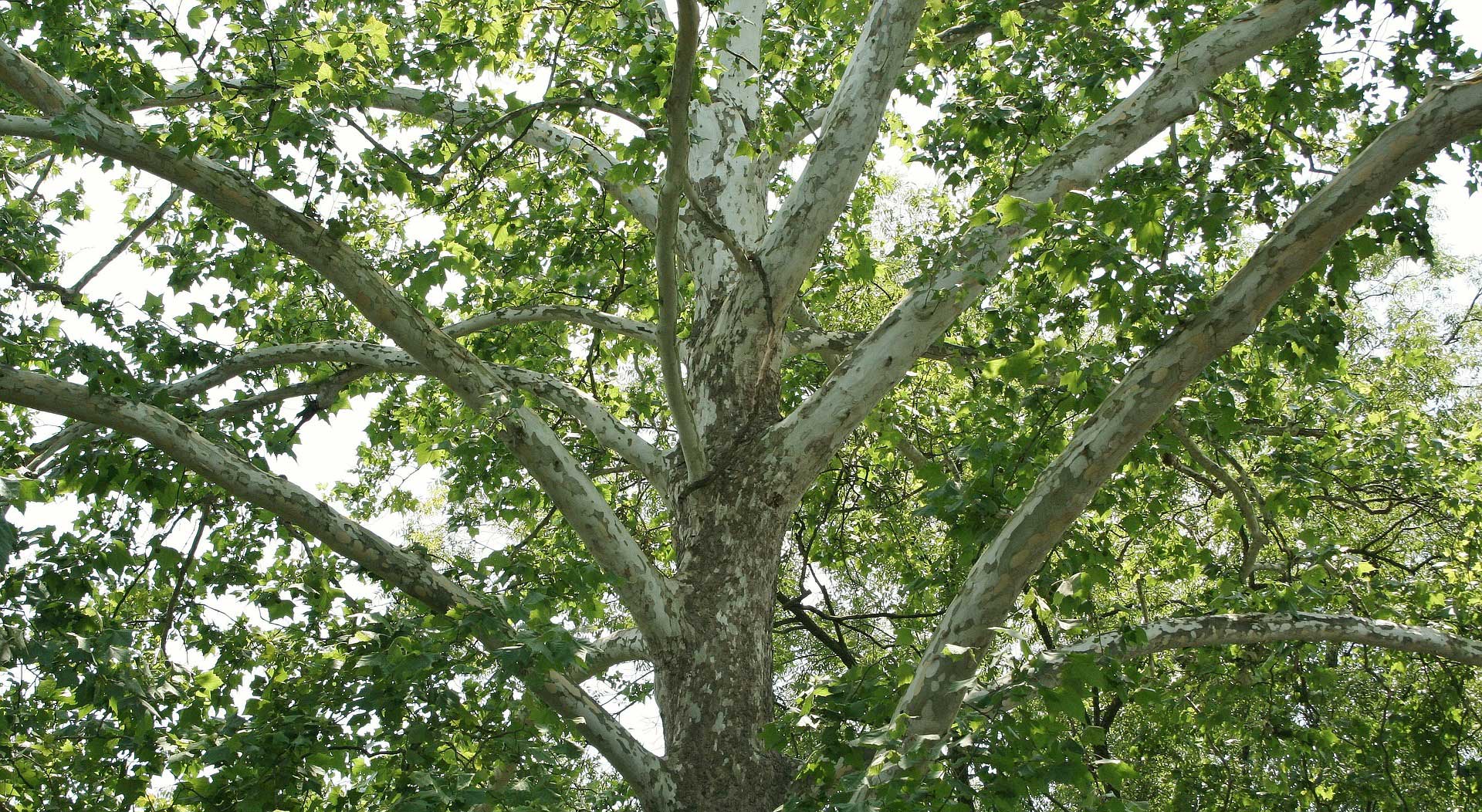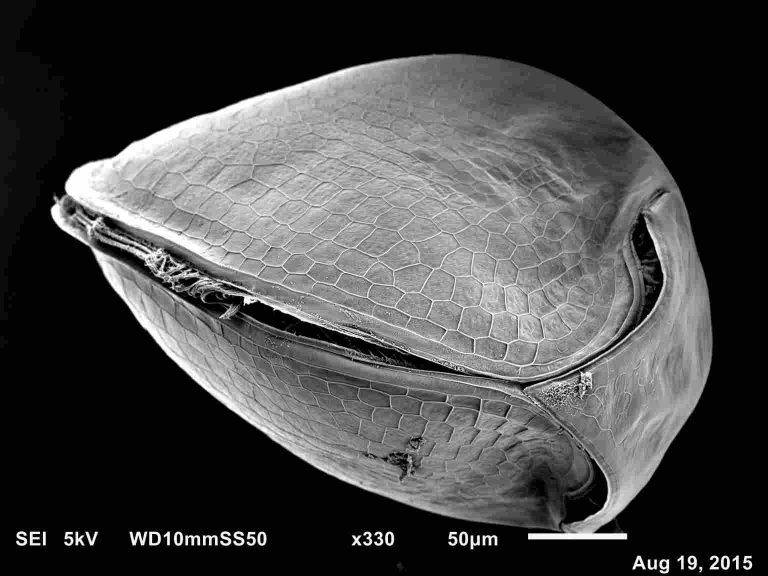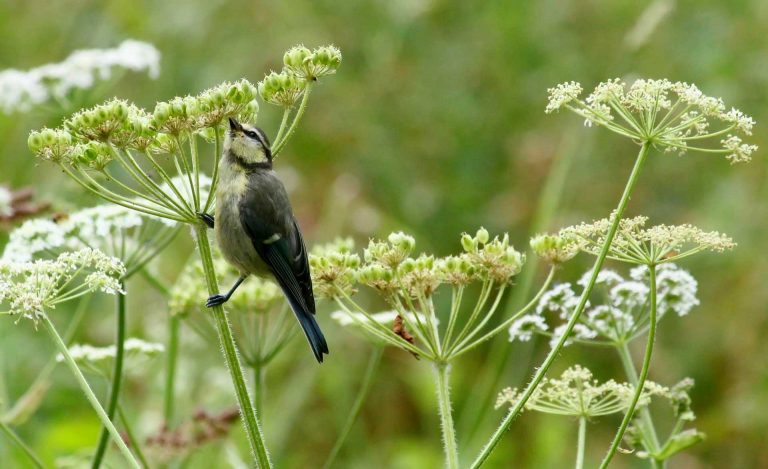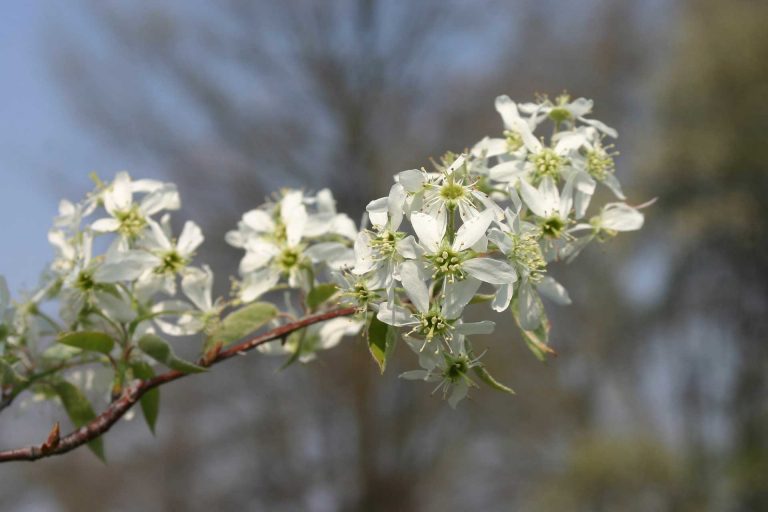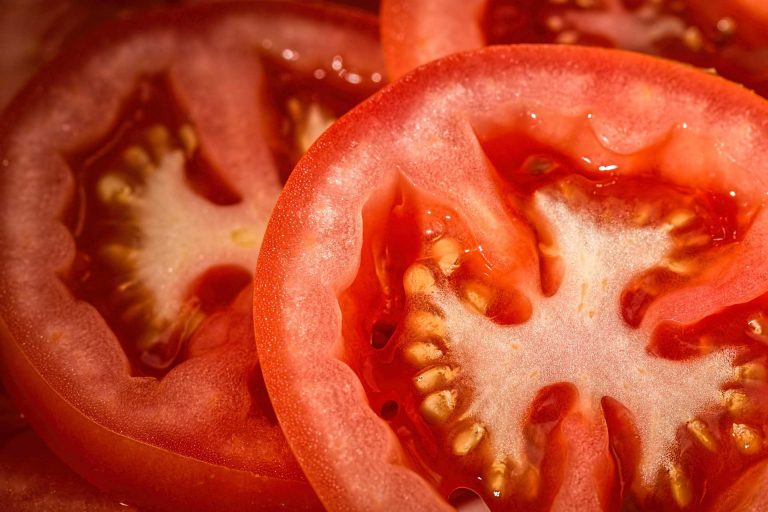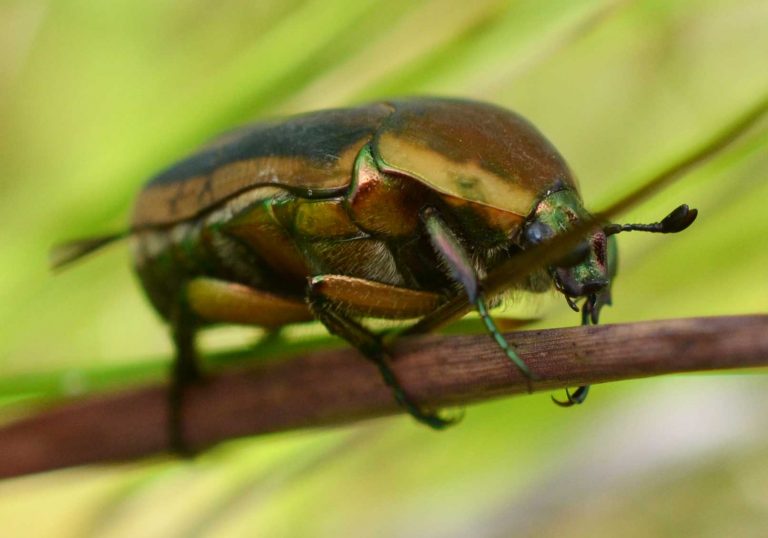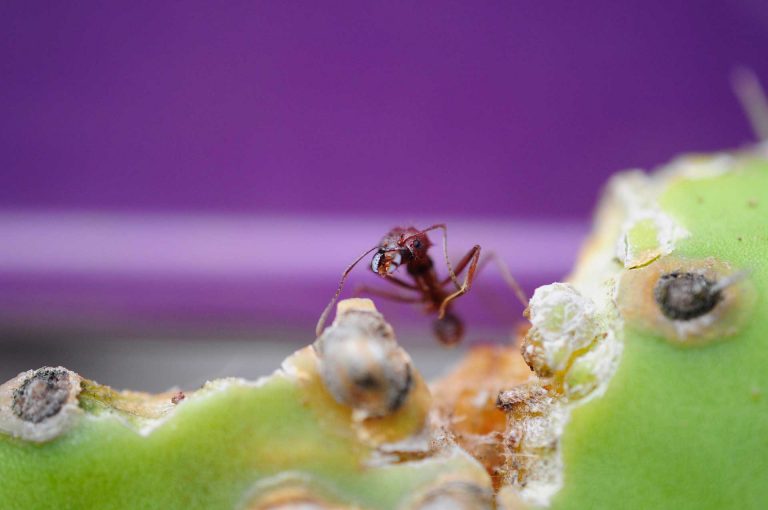Sycamore Tree
Scientific classification
| Kingdom: | Plantae |
| (unranked): | Angiosperms |
| (unranked): | Eudicots |
| Order: | Proteales |
| Family: | Platanaceae |
| Genus: | Platanus |
| Species: | P. occidentalis |
| Binomial name: | Platanus occidentalis |
The tree Platanus occidentalis is botanically called an American plane tree, American sycamore or occidental plane, and at times buttonwood, which is a variety of Platanus, inhabitant of the North American continent. Generally, they are called in North America sycamore; this name has a reference to several types of trees all over the world.
As mentioned above, the other names for sycamore are “buttonball” trees or buttonwood. This is derived from the fact that these balls are one inch in diameter and keeps hanging from the tree all through the winter and during the spring, they drop to the ground. Every ball is suspended from a twig.
The growth of the sycamore tree is speedy with branches extending to a stunning big circular form. In comparison to several trees the sycamore tree has a very short life, normally around 150 years. The characteristics of the flowers of the sycamore tree are green to yellow in color, and are suspended in clusters from the branches similar to a pendant.
Anatomy
The leaves of the sycamore tree are big, with distinct dark green color. The branches attain height of 175 ft. And the trail of leaves, grow on them. The leaves are of length 6” and when the tree is fully grown it has a highly dense look. During the fall the color of the leaves become yellow, giving it a touch of beauty at the termination of the growing period. The branches of the sycamore tree are twisted and turned, which enables tiny animals, like the squirrels to frequently make their homes in it.
It is possible to differentiate an American sycamore tree from the other sycamores with their exfoliating mottled bark that frequently fall in chunks of flakes, leaving the surface brown and gray, whitish green and mottled. The bark of the tree enables the growth of the trunk by splitting or stretching. You can clearly see this process in the sycamore tree when compared to its other varieties. This sycamore tree branch out at the base forming secondary trunks, void of branches. The branches at its top spread out in the form of an asymmetrical crown. They have fibrous roots and the big tree trunks are hollow.
Habitat
The habitat of this tree is in the south and central Europe.
The sycamore trees flourish well in the United States, which is inclusive of the Western regions of the U.S., comprising Oregon and California. These sycamore trees are frequently seen in moist places like lake’s shores and beside the banks of deep rivers and streams.
GROWING AT HOME
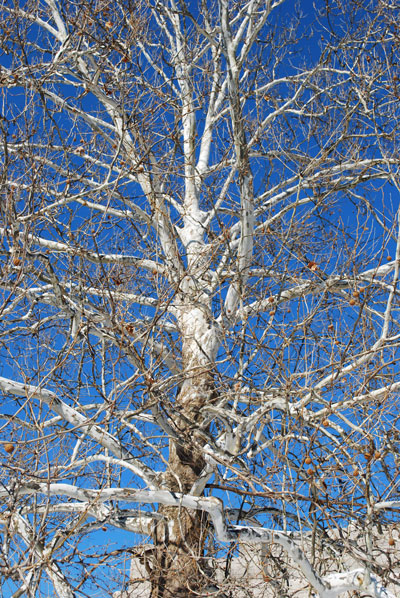
Photo by: Jeff Hart
Soil for Planting
As sycamore trees do not tolerate drought, it is essential that they are planted in locations where water is available throughout. The peak of the growth of sycamore trees begins from the spring season to the end of summer. During every fall, provide your sycamore tree with a balanced amount of fertilizers for its optimum growth.
The sycamore favors a fertile, properly drained and damp soil. Even then they are adjustable to several other varieties of soil and thrive in varieties of pH soil.
Planting
As per the direction of the Clemson University Extension, establish your sycamore trees in soil that is rich in oxygen, containing moisture, and plant them deeper. Even though sycamore trees tolerate other conditions also, a good soil will ensure that your sycamore receives nutrition and water essential for its good health and growth. Sycamore trees agree with locations that are moist, and as such, maintain the soil moisture well.
Watering
Sycamore trees are vulnerable to arid conditions. If they are not frequently watered; they get affected by insects that are pests. When the climate is hot, twice weekly, water the roots. Monitor the soil if it is getting dry, and water when required.
Care
Winter season is the ideal time for pruning your sycamore tree. For sick sycamore trees, use a pruning shear, and prune the damaged and dead portions, because it is the injured part and open wounds that lead to diseases. Prune the wounded portions throughout the year.
Pest and Pesticides
The sycamore leaf beetle pest prefers the American sycamore plant for infestation.
The sycamore is liable to disease like Anthracnose. Supply fertilizers with a formula that encourages strong woody growth without too many leaves. Maintaining a healthy and strong growth will reduce the opportunities of anthracnose fungus
Frequent pruning discards deadwood.
Varieties
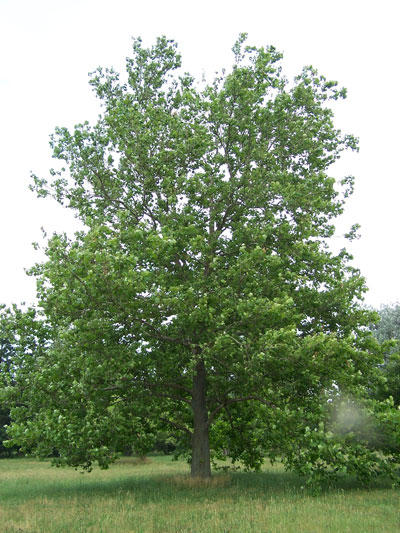
Photo by: Bruce Marlin
The North American Sycamore Tree
The three distinctive varieties of sycamore trees are: The biggest known type of these species is The North American sycamore that mostly inhabits the regions of Canada and the United States. This species is famous for the its diverse color of the bark, extending from whitewashed to green-gray.
The British Sycamore Tree
The British sycamore inhabits Europe and flourishes well in wet conditions of the central region of the continent. The young leaves of this type are tinted pink.
The Middle Eastern Sycamore Tree
It is in the eastern parts of Africa that we find The Middle Eastern Sycamore, which, when compared to the North American sycamore are small in size, with lesser and tiny leaves.

Having discovered a fondness for insects while pursuing her degree in Biology, Randi Jones was quite bugged to know that people usually dismissed these little creatures as “creepy-crawlies”.

